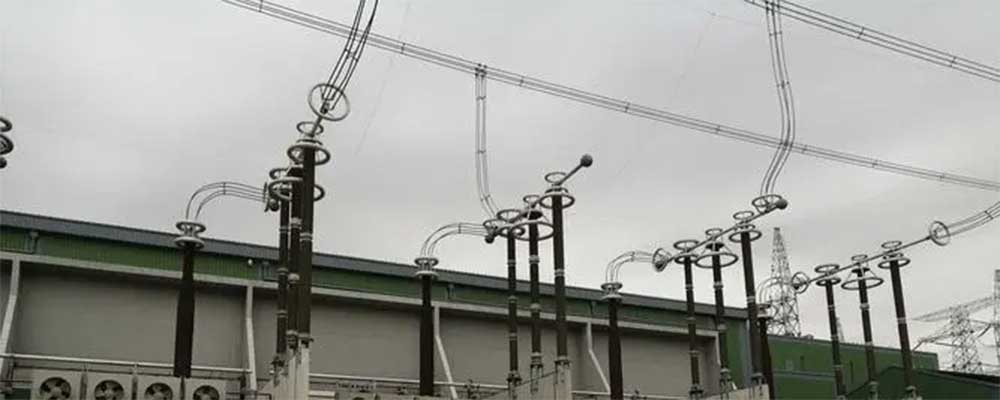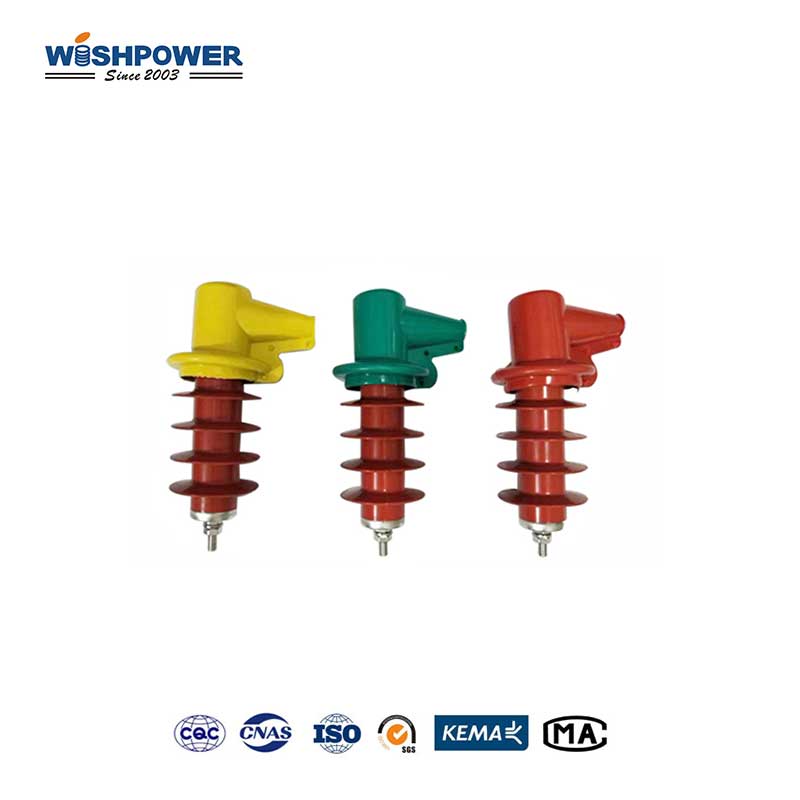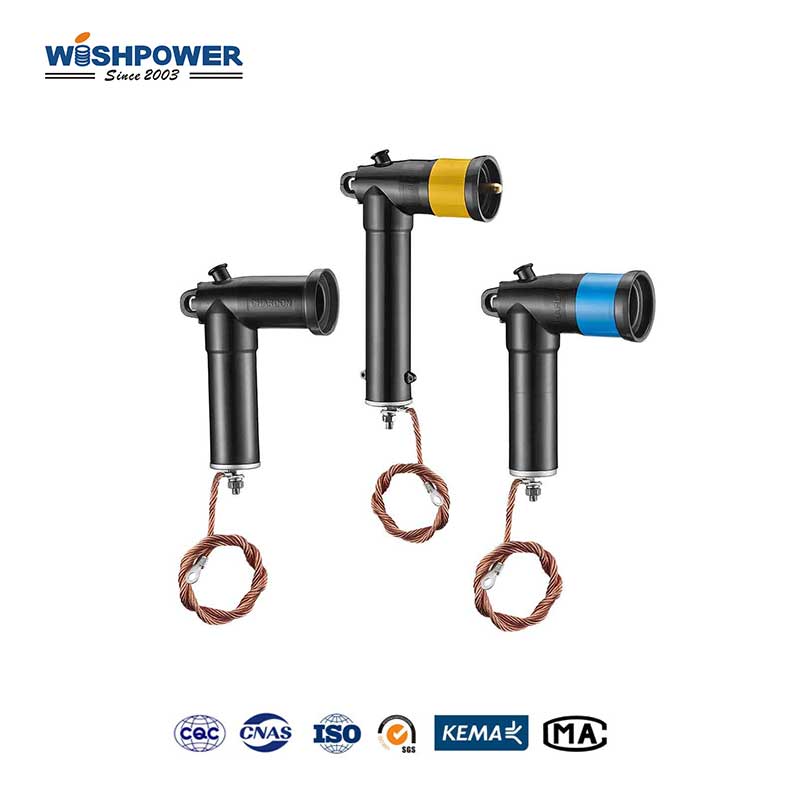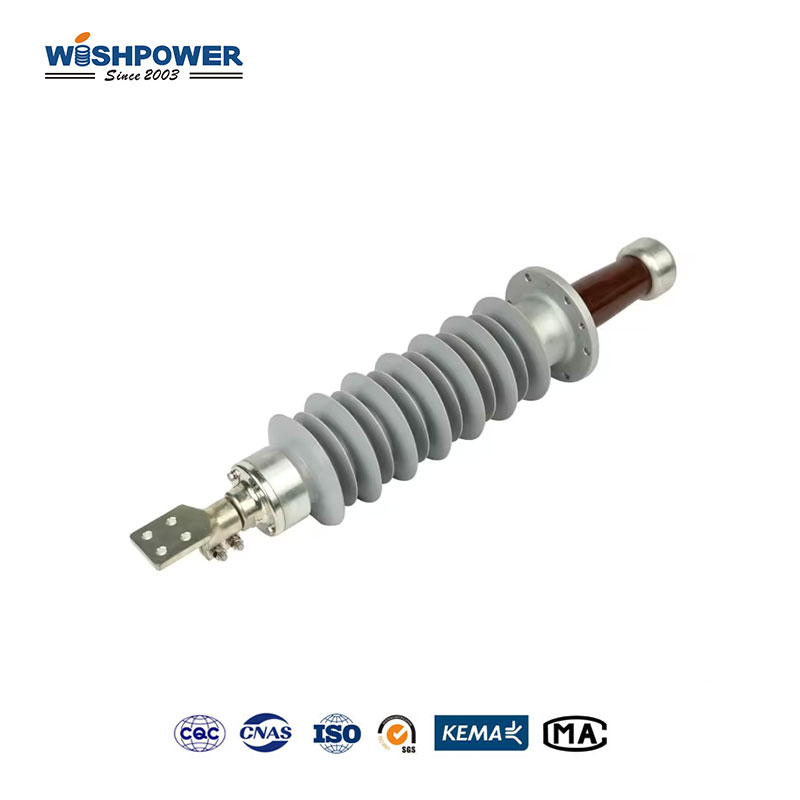The terms surge arrester and lightning arrester, when referring to electrical systems, are quite often used interchangeably, and confusing. Although the primary function of both devices involves shielding equipment from overvoltage, they differ in design, function, and application.

What is a surge arrester?
Surge arresters key pieces of equipment that protect electrical systems against excessive voltage surges resulting from different factors such as switching operations, malfunctions, and even strikes of lightning. Installed in both high-voltage transmission and distribution systems and substations, they defend equipment including transformers and circuit breakers.
What is a lightning arrester?
The design of lightning arresters is explicitly to defend electrical systems from direct lightning impact. Placed on top of transmission towers, structures, or substations, their major objective is to safely convey the vast electrical energy arising from lightning to the ground, prohibiting it from traversing power lines or endangering sensitive apparatus.
Lightning Arrester VS Surge Arrester
1. Function
What differs most between the two devices is their operational function. The design of surge arresters focuses on shielding against an assortment of overvoltage surges, in addition to lightning. They respond to fleeting voltage spikes generated by several sources, including switching events and system failures. The design of lightning arresters is precisely for use in handling the strong surges of energy produced by direct lightning strikes.
2. Design
Surge arresters usually incorporate metal oxide varistors (MOVs) as their essential part, which permits them to rapidly deal with a variety of surges. In contrast, lightning arresters are intrinsically simpler in architecture, working with spark gaps or similar solutions that target the dissipation of lightning energy.
3. Applications
In many parts, surge arresters are integral to the power grid, found in both transmission lines operated at high voltage and substations as well as distribution circuits. These products have multiple uses and can defend equipment from multiple types of overvoltages. The use of lightning arresters is widespread in environments with high risks, especially in places where direct lightning strikes happen frequently, on transmission towers or edifices. They are systematically organized to stop lightning from entering the electrical system.
4. Protection Range
Though surge arresters offer a wider shield against several overvoltage situations, lightning arresters offer a much narrower protection scope. Manageable by surge arresters are the smaller, more frequent surges, such as those derived from switching operations or failures in equipment. In any case, lightning arresters are formulated to contend with the extremely high voltages produced by lightning strikes and do not perform as well against overvoltages of different types.
Why differentiate between surge arresters and lightning arresters?
Valuing the separation between surge arresters and lightning arresters is important to utilize the right type of protection in the right environment. Using the wrong sort of arrester could result in inadequate protection and the potential for harm to important machinery. Take lightning arrester use on high-voltage transmission lines to defend against switching surges; the device is not designed for such conditions, making it ineffective. Depending on surge arresters in locales exposed to repeated lightning strikes could put the system at risk of damage arising from direct lightning strikes. Each device has an individual function, and knowing the variations allows for appropriate protection.
Is Surge Arrester same as Lightning Arrester?
While surge protectors and lightning arresters usually appear synonymous, they carry out unique and important roles in keeping electrical systems secure. Surge protectors are equipped to broadly defend against several different overvoltage surges, in contrast, lightning arresters are concentrated on the protection from lightning strikes. Knowing the differences between these devices is crucial for guaranteeing that electrical systems receive proper protection against a wide variety of potential overvoltage hazards. Designers, maintainers, and operators of the electrical grid consider selecting the right protective device essential for minimizing downtime, limiting equipment damage, and sustaining long-term system reliability.
If you have different opinions or want to know more, please leave a message on the website or contact us directly at info@wishpower.net

















